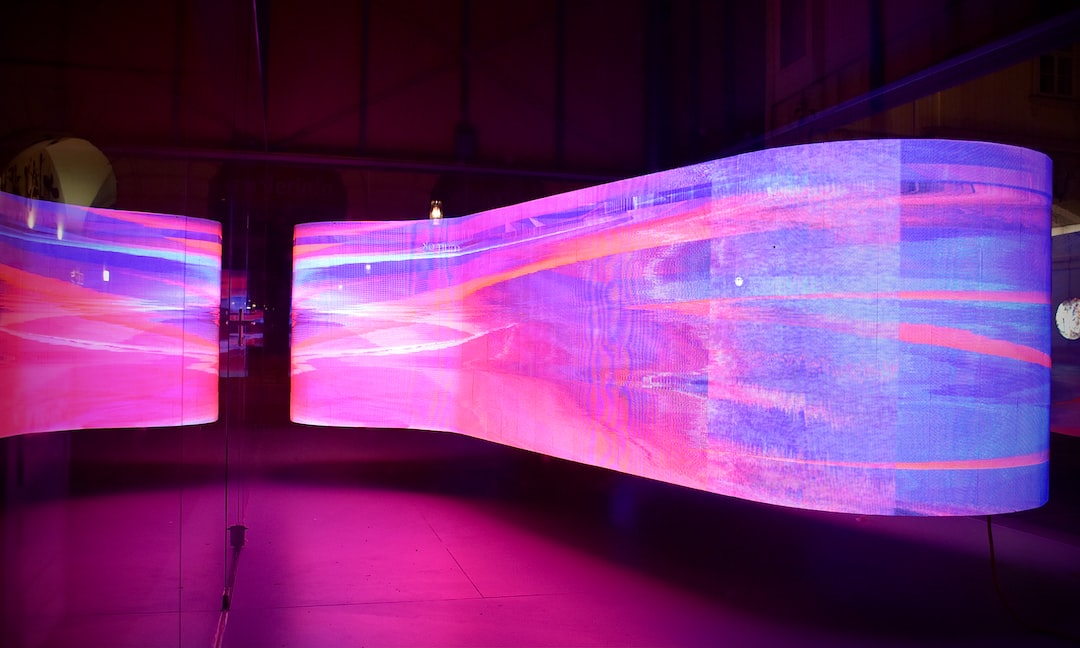The Rise of Crypto Art: A New Digital Era
The art world has been rapidly changing in recent years, with the rise of technology sparking a new era of creativity and innovation. One of the most exciting developments in this space is the emergence of crypto art, a new form of art that is shaping the way art is created and collected. In this post, we’ll explore the intersection of crypto and digital art, and take a closer look at the implications of this exciting new art form.
NFTs: The Future of Art Collecting?
One of the key elements of crypto art is the use of Non-Fungible Tokens, or NFTs. These tokens use blockchain technology to verify ownership of digital assets, allowing collectors to purchase and invest in pieces of artwork much like they would with physical art. In fact, some experts predict that NFTs could be the future of art collecting, as they offer a more secure and transparent way of buying and selling art.
Of course, NFTs are not without their challenges. One of the biggest criticisms of NFTs is their environmental impact, as the process of verifying transactions on the blockchain can consume a significant amount of energy. Additionally, there is some concern that the hype around NFTs is creating a speculative bubble, with buyers paying exorbitant prices for digital art that may not hold its value over time.
The Possibilities of Digital Art
Despite these challenges, there is no denying the creative potential of crypto and digital art. With tools like Photoshop, digital painting software, and even virtual reality, artists are able to create stunning works of art that were previously impossible to achieve. Additionally, the use of blockchain technology allows for a level of transparency and authenticity in the art world that was previously unheard of.
One of the most fascinating aspects of crypto art is the way it challenges traditional notions of ownership and copyright. Because digital art is easily reproducible, it can be difficult for artists to control the distribution and use of their work. However, with the use of NFTs and smart contracts, artists are able to set the terms of use for their work, ensuring that they are compensated for their creative efforts.
Conclusion
The rise of crypto art marks an exciting new era in the world of art. By leveraging technology and blockchain, artists are able to create, distribute, and monetize their work in ways that were previously impossible. While NFTs and other crypto art technologies are still in their early stages, there is no doubt that they hold a great deal of promise for the future of art collecting and creation.
What do you think about the rise of crypto art? Are NFTs the future of art collecting, or just a passing trend? Let us know in the comments!
